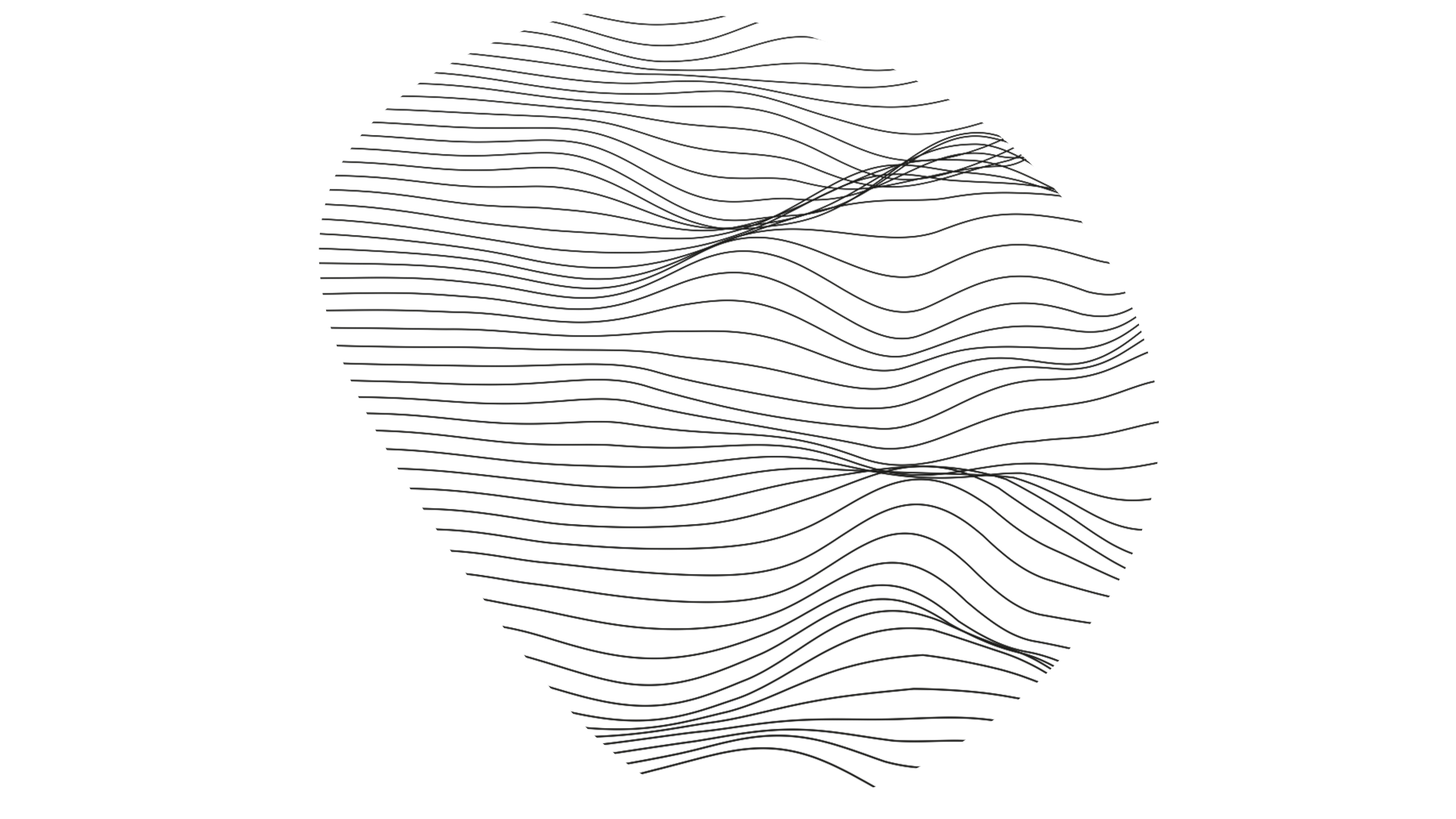
New industries
New industries on the shelf
Interest in storing CO2 is on the rise, and we are continuing to gather knowledge about seabed minerals.
Read about:
- Significant interest in CO2 storage
- Mapping of seabed minerals continues
- Subsurface surveys for offshore wind
Significant interest in CO2 storage
Interest in storing CO2 on the Norwegian Continental Shelf (NCS) is significant and rising.
The theoretical storage capacity exceeds 80 billion tonnes of CO2, the equivalent of about 2000 years of Norwegian CO2 emissions at current levels.
Under the current plans for projects in the awarded licences, a total of between 1.5 and 2 billion tonnes of CO2 could be stored on the NCS. These areas have a storage potential of up to ten billion tonnes. How much can actually be stored will depend on several factors, including information from further mapping, access to CO2 in the market and which development solution the project ultimately chooses.
Two licencing rounds were held in 2024. In September, four licences were awarded pursuant to the Regulations relating to exploitation of subsea reservoirs on the continental shelf for storage of CO2 and relating to transportation of CO2 on the continental shelf. A total of 11 licences have been awarded; 1 exploitation licence and 10 exploration licences. Offers for two additional licences were issued in December; with awards expected in 2025. The authorities have received proposals for new acreage announcements, and these are currently being assessed.
Thirteen companies are licensees in these licences, and several of these are not
associated with the petroleum industry.
Learn more about CO2 storage and the different types of licences in Resource Report 2024.

The projects are considering multiple types of development solutions:
Onshore facilities where ships transport CO2 to onshore plants for intermediate storage and further transport via pipeline out to the storage location, direct injection from ships, as well as a pipeline from Europe.
26 September was the opening of the Northern Lights receiving terminal in Øygarden.
This means that the world’s first commercial facility for transport and storage of CO2 across national borders is now complete and ready to receive and store CO2. Start-up is scheduled for 2025.
In 2024, the Norwegian Offshore Directorate reviewed about 800 wells and revised the top and bottom for the Utsira Group and the Skade Formation in the North Sea, to ensure consistency. This can be useful in plans for CO2 storage.
The figure shows the potential storage volume on the NCS per year for the awarded licences.
Mapping of seabed minerals continues
The Norwegian Offshore Directorate has been gathering data in deepwater areas in the Norwegian Sea and Greenland Sea along with the University of Bergen (UiB) and University of Tromsø (UiT) since 2011.
In 2024, we conducted four mapping expeditions along with UiB and UiT. Depth and video data from three of these expeditions have been made available. Expedition number four was carried out in December, and this data will be released as soon as it has been quality-assured.
The Directorate has also contributed information for the EU project to compile information associated with raw materials such as seabed minerals (GSEU).
The Norwegian Offshore Directorate will continue mapping resources and the environment in 2025. The authorities want this to be an incremental development and have adopted a precautionary approach to the activity. Acquiring additional knowledge is an important part of this effort.
The administrative responsibility for seabed minerals has been assigned to the Ministry of Energy. The Norwegian Offshore Directorate has assisted the Ministry in conducting the impact assessment and coordinating the academic study efforts. The Directorate's resource assessment for the seabed minerals on the NCS concludes that there are substantial resources in place.
The Seabed Minerals Act entered into force on 1 July 2019. This statute facilitates exploration for and extraction of mineral deposits on the Norwegian shelf. On 9 January 2024, the Storting (Norwegian parliament) decided to open an area in the Norwegian Sea and Greenland Sea for mineral activities on the seabed. This acreage was formally opened by the King in Council on 12 April.
Subsurface surveys for offshore wind
The Ministry of Energy has tasked the Norwegian Offshore Directorate with carrying out subsurface surveys for offshore wind in two areas in the North Sea.
The first phase of these surveys in Sørlige Nordsjø II (eastern part) started in autumn 2022 and was completed in 2023. Surveys started on Utsira Nord in summer 2023 and were completed in spring 2024.
We are also participating in a broad group of directorates led by the Norwegian Water
Resources and Energy Directorate to prepare impact assessments (Norwegian only) for the areas that may be technically suitable for offshore wind and where there are relatively few conflicts of interests.
The group has delivered an impact assessment for three of the areas (Sørvest F, Vestavind B and Vestavind F). The other areas will be completed leading up to the summer of 2025.
Download: Background data (Excel)
Updated: 1/28/2025